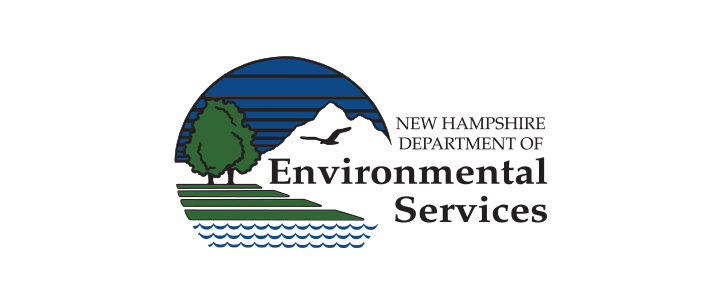
Defending Against Drought: Water Conservation and Water Loss Control
While drought conditions have drastically improved since the summer and fall of 2020, New Hampshire is not yet out of the woods. According to the U.S. Drought Monitor, currently 12% of the state is categorized as experiencing “moderate drought (D1)”, and 41.5% of the state is experiencing “abnormally dry” conditions. In many parts of the state, groundwater levels have not recovered to normal and yearly precipitation; departures range from 5 to 10 inches, which is significant. On average, New Hampshire receives 4 inches of rain per month. The hope is this winter and spring will bring a thick snow pack and adequate rain showers to replenish groundwater and surface water supplies. However, climate change is putting a wrench in that norm. Climate change has resulted in warmer winters with less snow and heavier yet fewer precipitation events. How this will impact drought conditions now or in the future is not yet fully known, but the best way to manage unknowns is to be prepared.
The cold season is an opportune time to promote indoor water conservation to customers and residents. There are many simple water-saving measures that everyone should be encouraged to take, such as only running full loads of dishes and laundry, turning off running faucets when brushing teeth or shaving, and only turning the faucet to full blast when filling a pot or sink basin. Residents on private residential wells, particularly in areas in extreme and severe drought, should stagger water uses to provide the well time to recharge. They should also limit time spent in the shower and avoid baths if possible, because baths can use up to 40 gallons of water.
While the thought of fixing leaks may seem daunting to those who do not consider themselves handy, motivation may be sparked by the fact that fixing a running toilet can save hundreds of gallons a day and is an easy DIY project that requires no tools. Another opportunity to save large quantities of water is by replacing old toilets, showerheads and sink aerators with EPA WaterSense certified models. Stringent water efficiency standards for these fixtures went into effect in 1994 as a result of the federal Energy Policy Act of 1992. The EPA WaterSense Program took water efficiency a step further by providing independent certification for products that use 20% less water and perform as well as or better than regular models. In addition to toilets, washing machines 10 years or older are large water wasters, using up to 30 gallons per load in comparison to EnergyStar certified models, which can use as little as 12 gallons per load.
Utilities can become EPA WaterSense partners. Signing up is free. Several water utilities in New Hampshire are partners and are benefiting from a range of free, customizable outreach materials used to promote water efficiency. For additional water savings tips and resources, see NHDES’ Water Conservation webpage.
Community water systems also have an obligation to conserve water on the distribution side of the system for numerous reasons, including protecting supplies to meet increasing demands and to be more resilient in emergencies, such as drought. These conservation efforts are mainly accomplished through water loss control programs, including water audits.
Across the country, water systems are using the American Water Works Association (AWWA) water audit methodology, as described in the AWWA M36 manual, to conduct yearly water audits to calculate their non-revenue water and water loss volumes. Water losses can be categorized as “real losses,” such as leakage and storage tank overflows, and “apparent losses,” such as meter inaccuracies and data handling errors. The AWWA water audit is a free spreadsheet-based tool that provides a systematic approach to help you break down where water distributed to the system is going, to validate the entered data, and to provide indices that can inform management decisions. The results of the audit are most commonly used in conjunction with asset management plans and leak detection and repair programs. For example, a water audit may indicate water lost to leakage is higher than assumed and is costing the system significantly in pumping and treatment expenses.
Combining the results of the audit and the information in your asset management plan, such as locations of prior leaks, condition of the water main in that area, production of the sources, and current priorities of the system, will help determine what actions to take. Actions may include hiring a leak detection firm or deploying staff for rapid leak detection and repair, prioritizing main replacement in a problem area, reducing pressure in a zone to prevent future leaks, or investing in leak loggers to catch leaks early. Or, if the audit indicates a low data validity score, focusing on obtaining more dependable data will help to ensure future, smart decisions are made. For example, the system may prioritize flow testing of service meters and distribution meters to determine their accuracy, which can then be used to adjust volumes that are used to calculate real losses.
The above examples provide a peek into how a water audit can inform water management decisions to prepare for emergencies, such as drought. Furthermore, the systematic approach to decision making, through the water audit methodology coupled with a system’s asset management plan, provides the facts and transparency needed to gain the support of grant and loan programs, water commissioners, and customers. Download the AWWA M36 water audit software for free at the AWWA website and see NHDES’ Water Audit Resources Guide for further assistance. For more information please contact Stacey Herbold at (603) 848-1372 or stacey.herbold@des.nh.gov.




